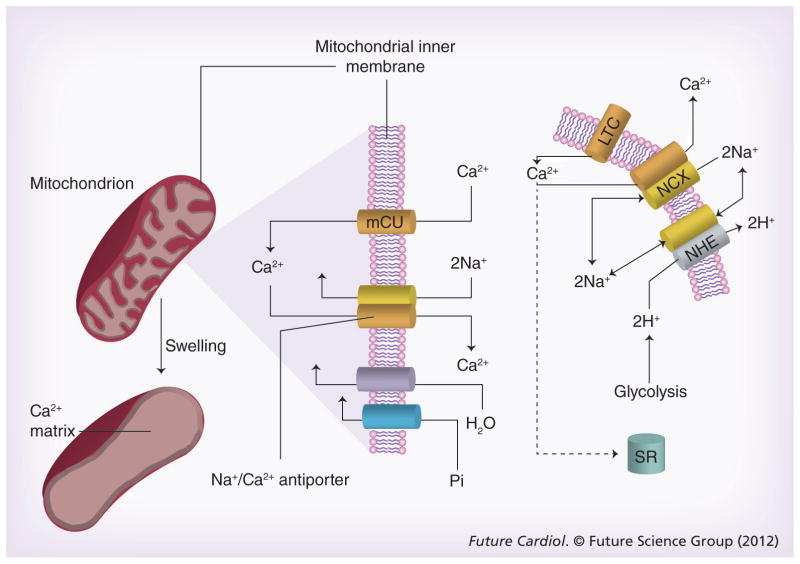Figure 2. Calcium imbalance during ischemia–reperfusion causes mitochondrial swelling.
Glycolysis is activated by ischemia and produces excess intracellular acid. The protons are pumped out of the cell in exchange for sodium by the NHE. Sodium in turn is pumped out by reversal of the NCX causing net accumulation of calcium. Calcium is immediately taken up by the mCU. mCU activity is normally balanced by the mitochondrial NCX, but this balance fails during ischemia and calcium accumulates followed by phosphate and water causing mitochondrial swelling.
LTC: L-type calcium channels; mCU: Mitochondrial uniporter; NCX: Sodium calcium exchanger; NHE: Sodium-proton exchanger; SR: Sarcoplasmic reticulum.

